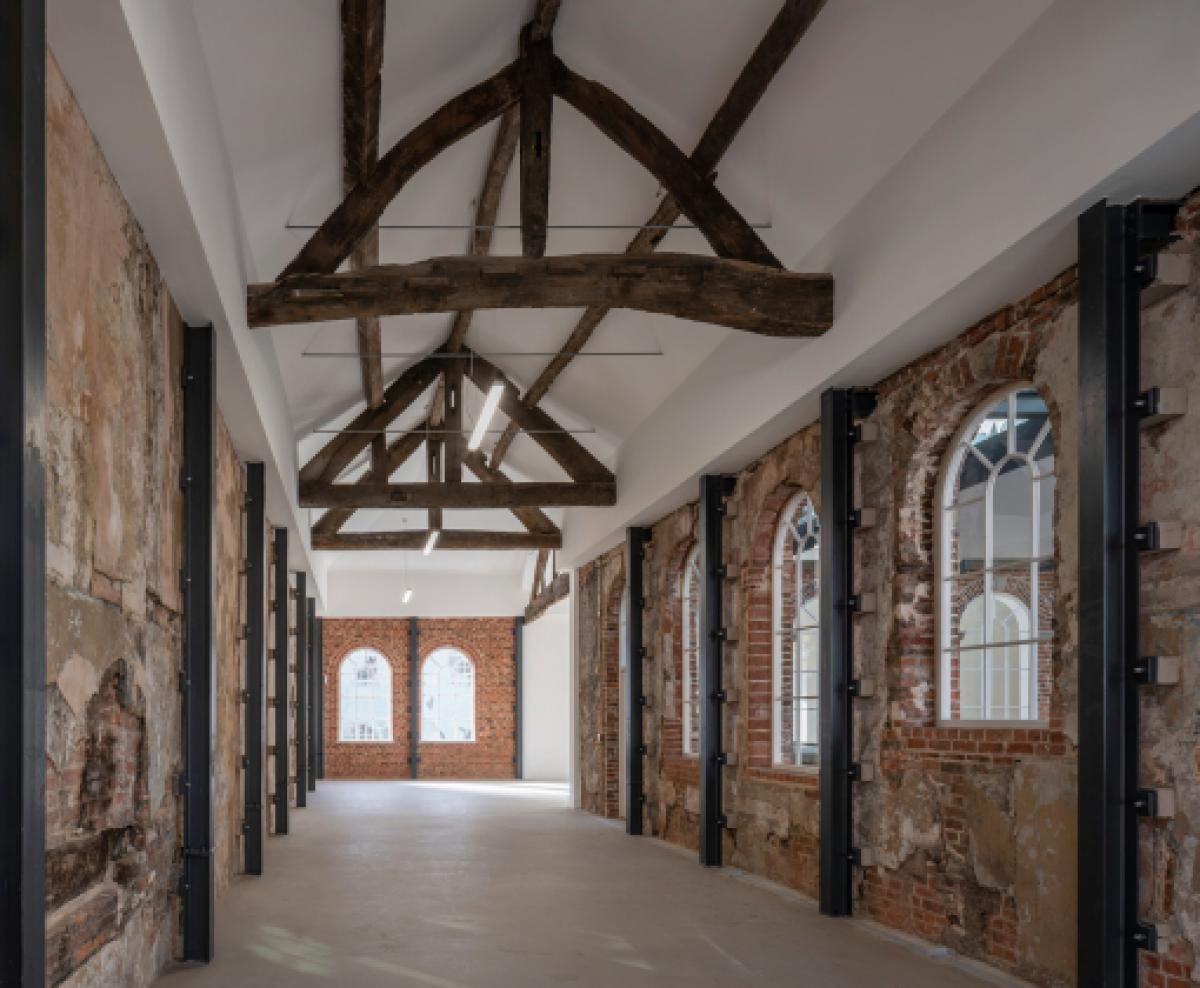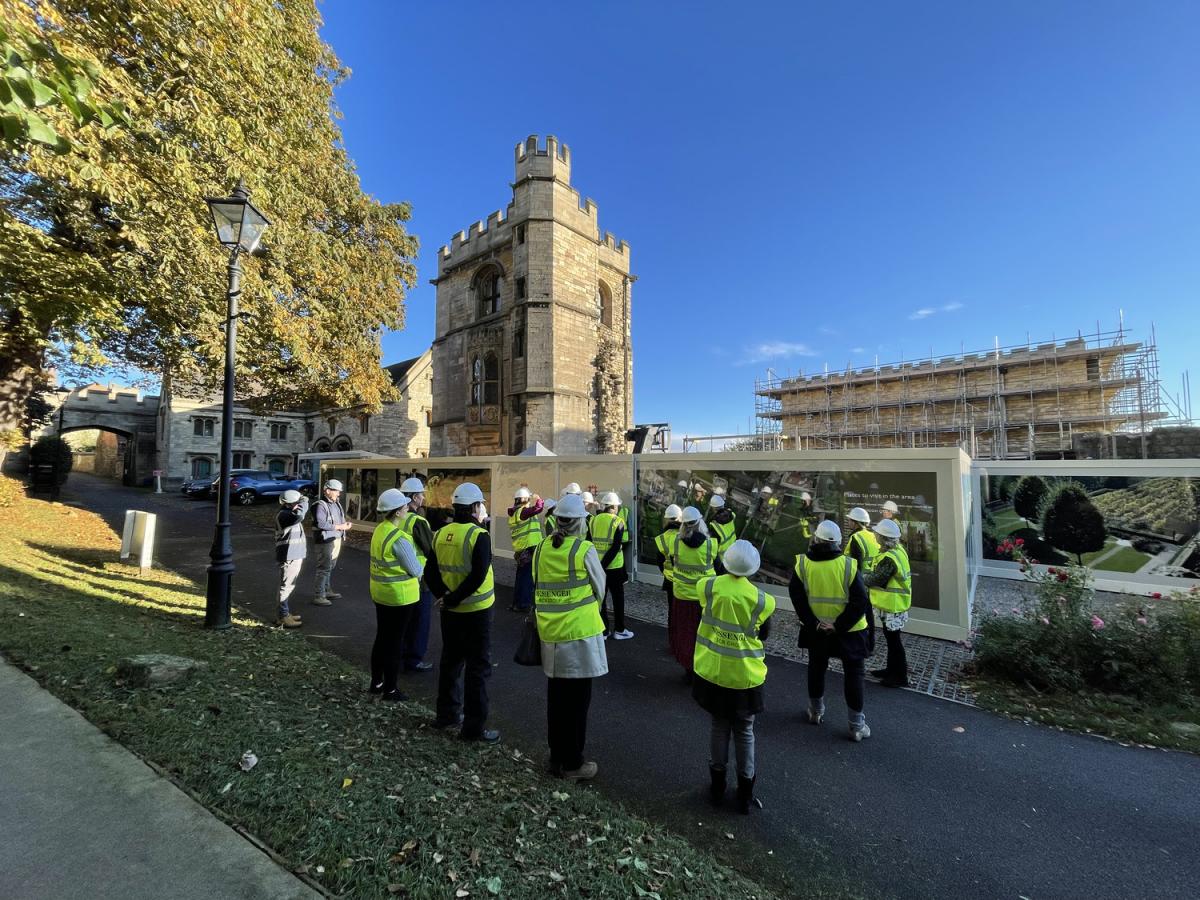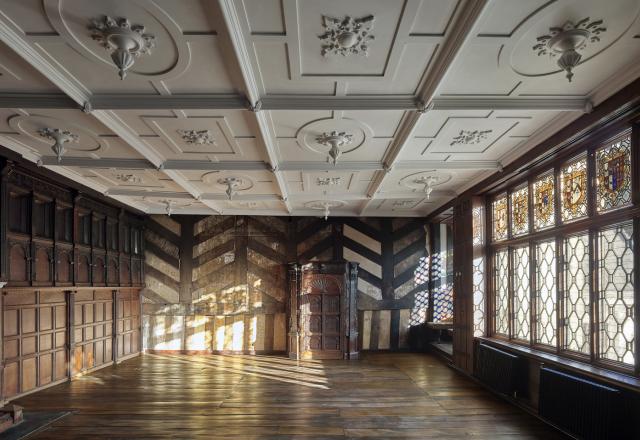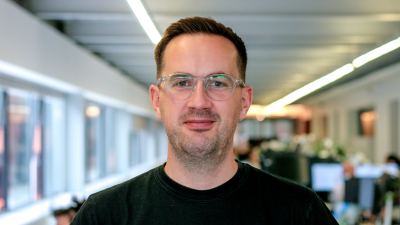
Over the course of his career, Edward has worked on a diverse range of conservation projects from castles to country estates, industrial heritage, churches and cathedrals. As part of our ‘Behind the B’ series, we sat down with him to find out what motivates his work caring for some of the country’s most historic buildings and sites.
What inspired you to pursue a career in conservation architecture?
Admittedly, it wasn’t a path I initially thought I’d follow. However, after completing my masters degree, I joined a practice where one of the first projects I became involved in was the restoration of a Grade II listed park, which included saving a Victorian conservatory from dereliction. Through this experience, I learnt that working with historic building required a very particular approach. I enjoyed the process of working through the layers of history, and using the information gathered during this process, to develop solutions that respect, enhance and preserve these buildingsfor the future
What motivates your passion to care for the historic built environment?
A church can easily go unnoticed but there’s one in every town in the UK. Whether they are listed or unlisted, heritage buildings each have a story to tell. Together, they form an important portrait of society through time.
What do you find most interesting about working with heritage assets?
One of the biggest projects I’ve been involved in at Buttress was the restoration of Wythenshawe Hall, a Grade II* listed manor house which was extensively damaged by fire in early 2016. Although the building originated from the 16th century, it had seen various adaptations and additions throughout the centuries.
To inform the restoration approach, we had to slowly peel back the layers of fabric to develop an understanding of the building and its history, before developing an appropriate strategy for repair. Although it's a complex task, I enjoy reading through the legibility of the fabric as part of this process – often we find something that surprises us.
I also like engaging with members of the public to develop collaborative approaches to dealing with our heritage assets. Historic buildings, by nature, are often deeply affiliated with communities and are intrinsically intertwined with a community’s memory and its identity.
Bringing people into the process allows everyone to have their say and develop an approach that both respects the heritage and allows a community to have ownership over the project.

How do you think that the way in which we will care for heritage assets will change in the future?
As the climate crisis worsens, we’ll need to find more sustainable ways to care for and safeguard the future of the historic built environment. One way of achieving this is by developing policies and raising awareness among stakeholders on more efficient ways to care for their buildings.
At Lincoln Medieval Bishop’s Palace, for example, we’re part of a group of specialists who are sharing their knowledge to develop solutions that respect and enhance Grade I listed site. The project is the first to be delivered under English Heritage’s new conservation strategy, Sustainable Conservation. The aim of the approach is to do more now to avoid the risk and cost of repeated work in the future, so all conservation work is carried out to the best possible standard with a robust understanding of significance, vulnerability and condition.
What do you enjoy most about working at Buttress?
The projects. The people. The place.

Featured projects
Edward Kepczyk
Edward specialises in the conservation, informed repair, and creative reuse of secular and ecclesiastical buildings, including some of the country’s most significant historic sites.

